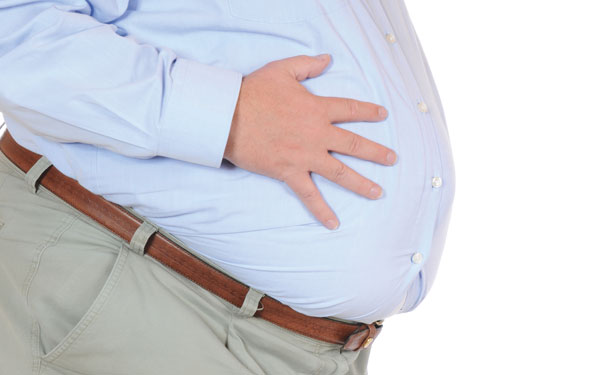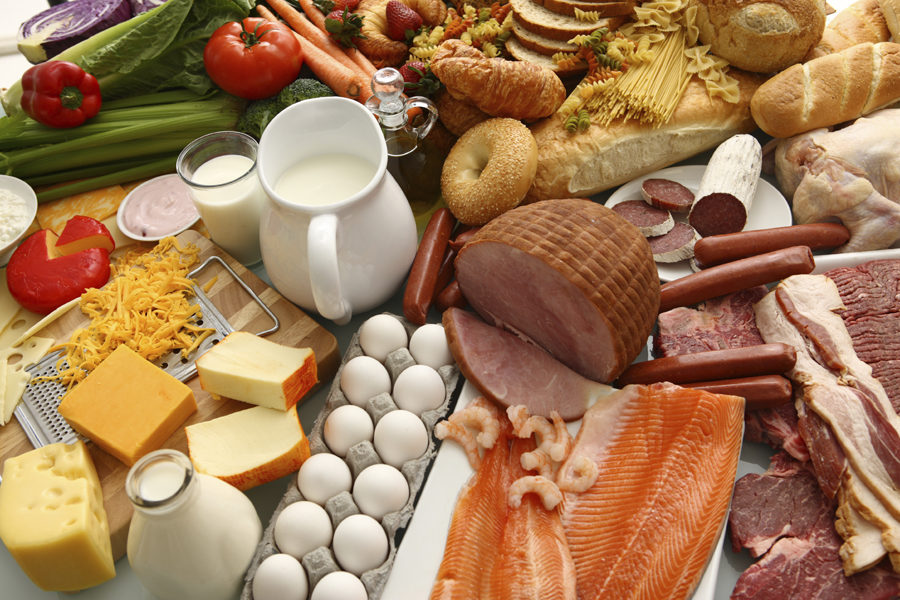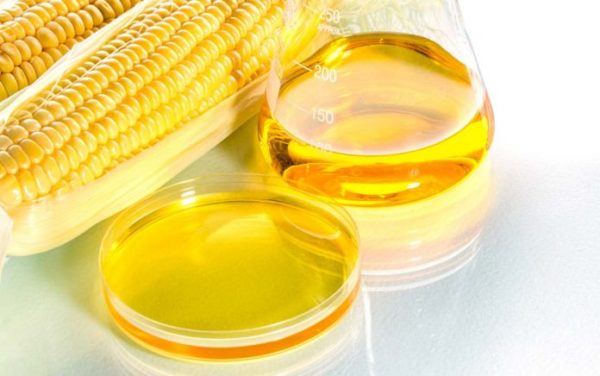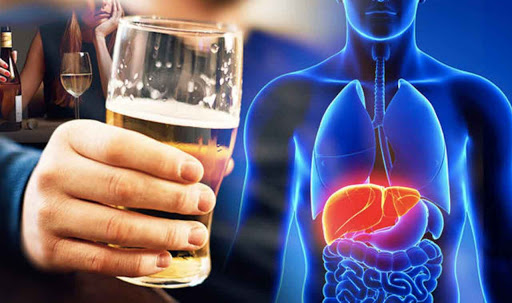Fatty Liver: A non-alcoholic hepatic steatosis is an inflammation of the liver that can lead to cirrhosis. What are the causes and symptoms? What to do after receiving a diagnosis?
Main causes and symptoms
Non-alcoholic steatosis (ANS) is relatively benign. Symptoms, if any, include fatigue and stomach pain. However, in 5% to 20% of cases, the disease progresses to inflammation of the liver, known as non-alcoholic fatty liver (NASH). There is a risk of contracting cirrhosis (severe scarring of the liver), cancer, or other fatal complications. When liver fattening begins to trigger a series of ailments, “evolution to the final stage of the disease usually takes 10 years,”
Assume that after analyzing your blood, then performing a biopsy or an MRI, the doctor diagnoses an ANS, what to do? There are no effective medications to remedy this, but weight loss can slow – or even interrupt – the development of the disease.

Fatty Liver
Be careful though, because losing more than a pound a week, it is sometimes worse, according to a preliminary study published in American Family Physician. If, in the past, you have tried a diet without success, consult a doctor or a nutritionist. Alcohol may not cause an ANS, but it forces the liver to work more; Patients with steatosis should therefore refrain. If not, consume as little as possible.
To monitor the condition of your liver, Dr. Geier advises consulting a doctor every two years (unless you suffer from NASH, it is better to make an appointment every six months). Fortunately, there are ways of controlling the ANS, especially if one monitors its weight. The thickening of the liver is somehow a signal that tells you to adopt healthier habits if you want to avoid complications later.
Fatty liver risk factors
The risk of developing an ANS increases when the waist circumference is greater than 102 in a man and 88 cm in a woman. In the industrialized countries, the liver of almost a third of the population accumulates fat, which, a few decades ago, almost exclusively affected the heavy drinkers. Today, there are more cases related to obesity and diabetes than those caused by alcohol.

Special diet
Hepatic steatosis commonly referred to as “fatty liver of non-alcoholic origin”, is a disorder related to abnormal lipid deposits in the liver representing more than 5% of the total liver weight. It affects 7-35% of adults in the United States and Europe and is the most common cause of chronic liver disease in developed countries. Fatty liver is intimately linked to insulin resistance and considered as the hepatic manifestation of the metabolic syndrome. Hepatic steatosis can lead to cirrhosis of the liver.
To the date, there is no formal consensus on how to treat hepatic steatosis. Priority is also given to lifestyle interventions in the same direction as those aimed at reducing insulin resistance and cardiovascular risk.
The dietary habits mentioned in this sheet are intended to:
- Reduce or prevent insulin resistance
- Reduce Cardiovascular Risk

Losing weight
Weight loss in the range of 5-10% would be sufficient to improve the condition of people with hepatic steatosis. Dietary recommendations, coupled with physical activity would be one of the best ways to achieve desirable weight loss. Changes in ALT (an enzyme produced in the liver) would be visible only one month after the change in eating habits.
Attention To Weight Loss Too Fast
It is important to mention that too-rapid weight loss (over 3.5 pounds per week) could lead to increased inflammation related to fatty liver disease and thus accelerate the progression of the disease. A healthy weight loss rate of around 1 to 2 pounds per week is the best choice in this case.

Diet low in fat or carbohydrates?
A low-calorie diet containing a moderate percentage of carbohydrate (less than 50% of calories) appears to be beneficial to people with hepatic steatosis because that’s associated with lower levels of liver enzymes (ALT) regardless of weight loss. It would, therefore, be preferable to moderately reduce carbohydrates rather than reduce total fat.

Decrease glycemic response
Reducing carbohydrates (less than 50% of total calories), regardless of weight loss, preferred as a nutritional measure in the case of hepatic steatosis. A diet high in carbohydrates aggravates the damage to the liver. On the one hand, it is necessary to reduce the total amount of carbohydrates and on the other hand to reduce carbohydrates, which causes a rapid rise in blood sugar (carbohydrates with high glycemic index) and a large secretion of insulin which is not favorable In the case of hepatic steatosis.

Limit as much as possible high fructose corn syrup
High fructose corn syrup is a liquid sweetener that has replaced sugar in many processed products. It was shown that a high-fructose diet favors the deposition of lipids in the liver. It is therefore preferable, in a case of liver steatosis, to limit as much as possible the foods that contain this sweetener. On the list of ingredients, this syrup called “glucose-fructose”.

Avoid foods high in trans and saturated fat
In addition to being associated with obesity, resistance to insulin, and heart disease, high trans fat intake would be associated with the development of hepatic steatosis. Industrial trans fats, which form during the hydrogenation of vegetable oils, contribute to increasing total cholesterol and bad cholesterol (LDL). They also decrease good cholesterol (HDL). Trans fat is found in dishes prepared from shortening or hydrogenated or partially hydrogenated vegetable oils such as pie pastes, crackers, tortillas, biscuits, croissants, muffins, commercial chocolates, Chips, cereals, etc.
Here are the terms that indicate the presence of trans fats: vegetable shortening, hydrogenated vegetable oil, partially hydrogenated vegetable oil, vegetable fat, vegetable margarine. Saturated fats contribute to the rise of bad cholesterol (LDL) and total cholesterol, both risk factors for cardiovascular disease.

Moderate alcohol consumption
Excessive alcohol consumption is a risk factor for chronic liver disease and avoided by patients with hepatic steatosis. Excessive consumption of alcohol or at risk represents more than 4 drinks per day or more than 14 drinks per week for men and more than 3 drinks per day or 7 drinks per week for women.
What is the recommended consumption?
- 12 ounces of beer (1 regular beer)
- 4 to 5 ounces of wine (1/2 cup)
- 1 to 1.5 ounces of spirits (30 mL)

